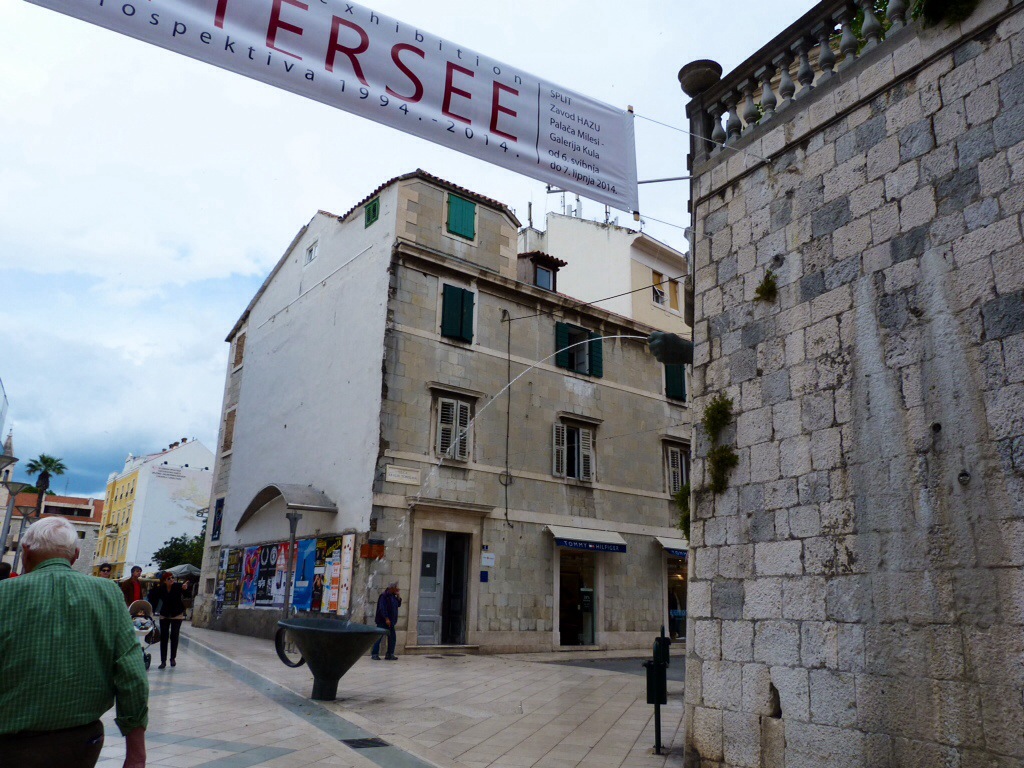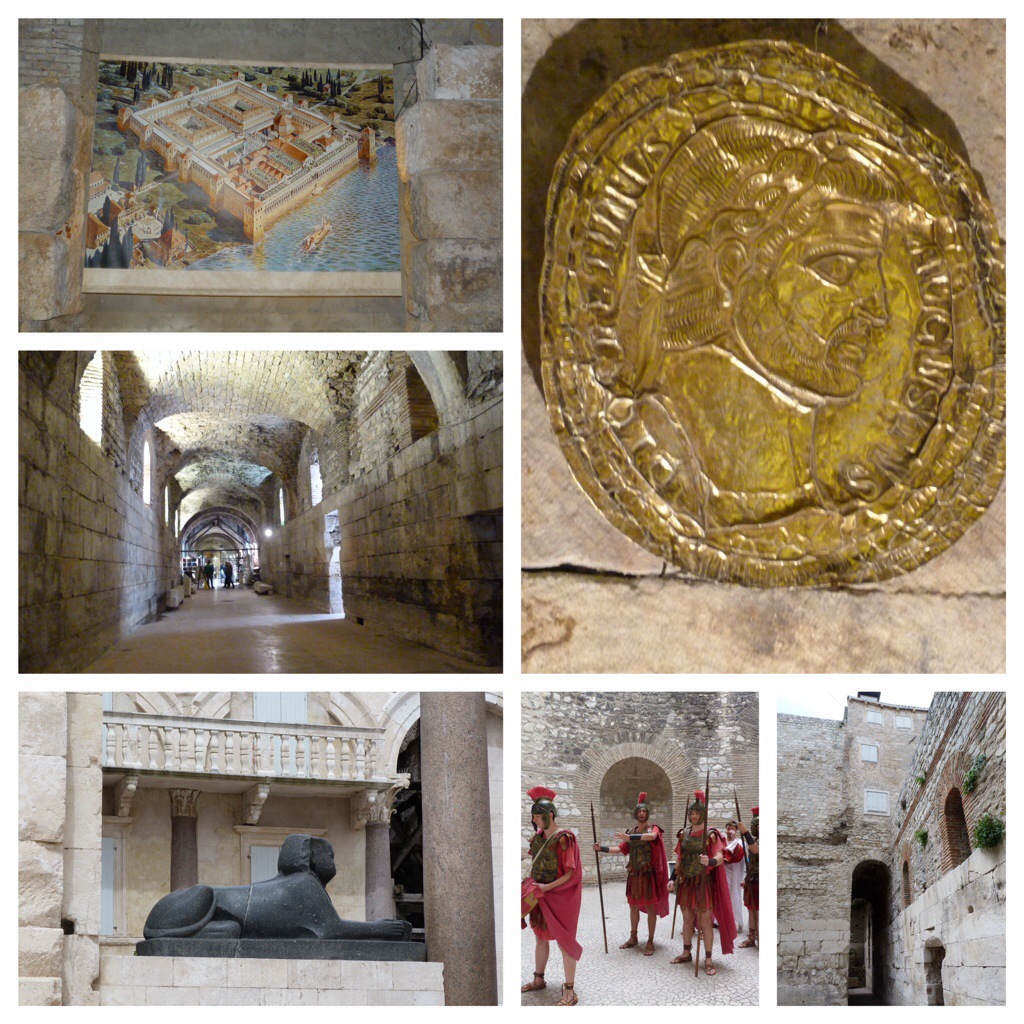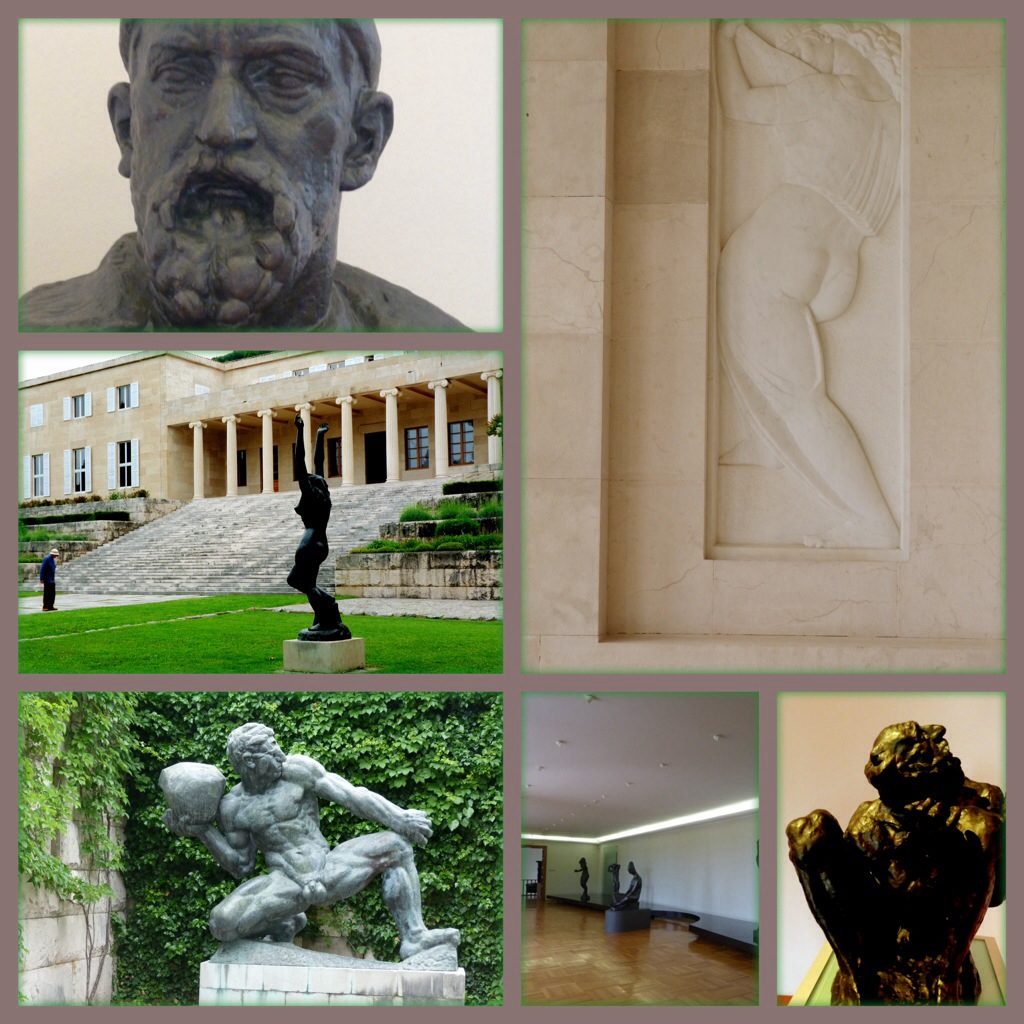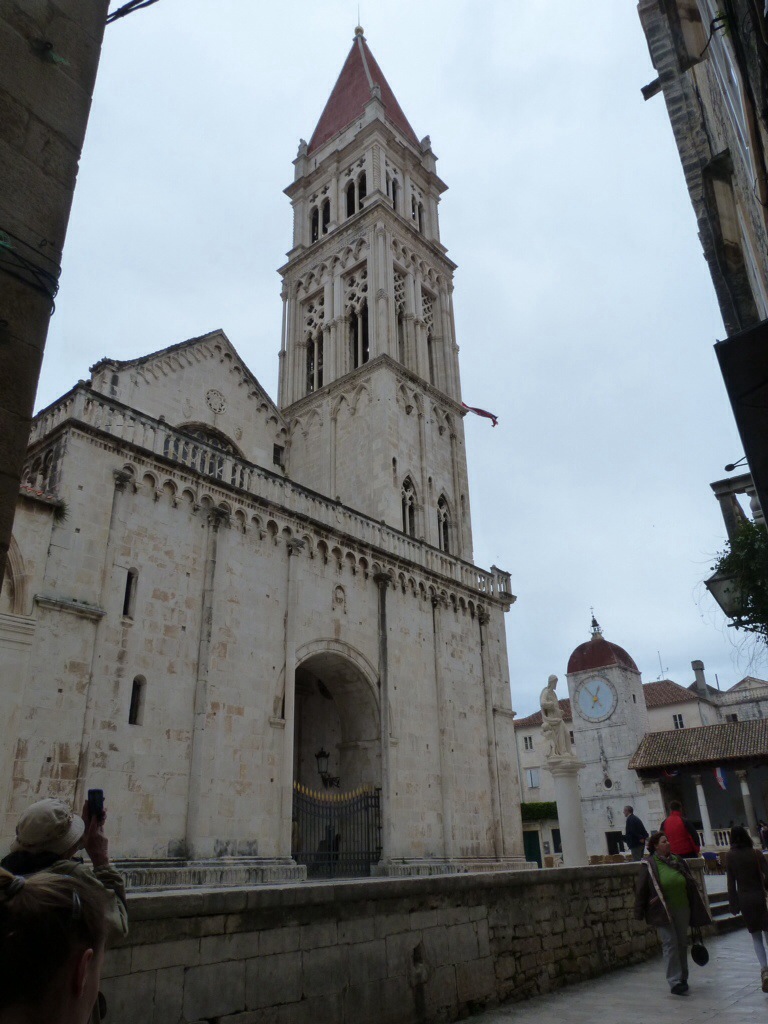Thanks to yet another Chalice travel advisor, Victor Pestone, we visited Pletvice Lakes and the many spectacular waterfalls throughout the park. Abundant Spring rains inundated some trails so access was a bit limited but did not diminish the spectacular panorama.
Varaždin
Originally we had intended to visit and stay in Zagreb, Croatia’s capital city. But less than an hour away is Varaždin, reputed to be less traveled but well worth the visit. What a refreshing change. We were part of handful of tourists in the enite town–no groups led by bobbing flags–just the delightful locals and us.
This central European Baroque town and former ancient Croatian capital, is a ” history book come alive,” according to the locals. Varaždin is one of the best-kept secrets in Croatia. The Nelson’s decided to risk a non-UNESCO endorsed site BUT I will confess, on the NYT list of places to visit in 2013. Although travelers visiting Zagreb do occasionally take a day trip to Varaždin, it still seems to remain quaint (and incredibly less expensive) with cafés, unique museums, a majestic medieval castle – and one of Europe’s best collections of intact Baroque buildings. Varaždin is known as “Little Vienna” among Croatians and owes its Baroque bonanza to its position as Croatia’s once capital from 1756 to 1776. Though its reign was short lived, a fire in 1776 destroyed much of the town, and the capital was moved back to Zagreb. During those two decades, religious orders, noble families and wealthy tradesmen brought in some of the country’s best architects and painters to construct mansions and palaces most of which have been meticulously reconstructed and maintained. A huge bonus for illiterate Americans is that young persons under 30 speaks fluent English and love to practice.
The historic town square (Trg Kralja Tomislava), makes it impossible not to be charmed by the elegantly exuberant, pastel-colored facades of the baroque buildings that line Varaždin’s centre.
The lack of tourists means the city doesn’t have the theme-park-like atmosphere we have often experienced in well-trodden historical towns. This lack of tourist infrastructure is more appealing than annoying – with one notable exception: the Croatian-only signage on most lavatory doors; (NB Muskarc means men, Zene means women.)
As an homage to its historic heritage, every year in late September to early October the city holds an internationally acclaimed series, Varazdin Baroque Evenings, during which soloists, orchestras and opera singers from around the world gather to fete Baroque music. Performances are held across the city as well as in castles and churches in neighboring towns.
Stari Grad – “old town” – a medieval fortress built in the 14th century that presently houses a cultural collection of Varazdin artifacts dating from the Middle Ages. Stari Grad, is much more whimsical; with its whitewashed exterior and numerous, rotund, red-capped towers it looks like something that fell from the clouds or out of a child’s fairytale.
From Split to Zadar via Salona and Trigor
Two ancient archeological treasures were in route. Salona, just a bit north of Split, was a tribal center of the Illyrians and was seized by the Romans under Augustus about 100 years CE and became the administrative headquarters for the Dalmatian province. Diocletian was attracted to area for his retirement in part because of this link. When the area was leveled by invading Slavs in the 6th century all of Salona fled to Split and found refuge inside the walls of the abandoned Diocletian Palace. Today Salona is an active archeological site and the main attractions are the forum and the amphitheater.
Trogir was the second destination enroute. A small medieval town set within walls but along a wide seaside promenade and unique for its collection Venetian and Romanesque architecture. When Venice bought Dalmatia in 1409 Trogir refused to submit and the Venetians bombarded the town into submission. The Venetian influence is still very evident today. Particularly in the cathedral and the bell tower which took 200 years to complete and is straightforward Gothic at the bottom level, Venetian Gothic in the middle and Renaissance at the top.
Zadar
According to a travel article in the NY Times, Zadar may be Croatia’s most underrated destination. A Roman-era city on the northern Dalmatian coast it has a rich architectural legacy along with dozens of nearby islands to explore.
The city’s architectural treasures, which span some 2,000 years include the Forum, a football-field-sized public square designed in the first century B.C. Encircling it are subsequent outcroppings of history: the ninth-century Church of St. Donat, the 11th-century St. Mary’s convent, an Orthodox church built upon a Roman temple and the St. Anastasia Cathedral — Dalmatia’s largest — begun in the 12th century.
The Romans were so smitten with Zadar that they gave it municipium status, the second highest among cities. Today’s population is about 75,000 — most of whom live on the newer, mainland side which is reached either by a pedestrian bridge or by waving down the boatman of Zadar, whose family has rowed folks across the harbor for centuries.
Like many coastal cities, Zadar’s inhabitants meld a progressive spirit with respect for a tumultuous past: oppressive Venetian rule, the constant threat of Turkish attack, 65 percent of the city was obliterated in World War II and heavy shelling during the war of 1991-95.
Again according to the NYT “Zadar — which is seeking heritage-site status of its historic center from UNESCO–possesses a combination of Split’s ancient, blue-collar moxie and Dubrovnik’s well-heeled, outdoor-museum aura. Like those Dalmatian cousins, Zadar is still most famous for an abundance of historical and architectural riches. The newly remodeled Archeological Museum has more than 100,000 pieces from the Paleolithic period to the 11th century.” Imagine the Nelson’s visited BEFORE the UNESCO
We joined the Saturday morning Zadarian shoppers at the local farmers market and then as they had coffee and we people watched in the square. This appeared to be a regular Saturday morning ritual especially when the weather is glorious as it was today.
Split
We drove to Mostar through their wine growing country and for a variety of reasons split for Split with only a drive-through of Mostar.
Split is a city in Central Dalmatia, Croatia. It was originally built around the Diocletian palace, a palace/fort built for the planned retirement of the Roman emperor Diocletian who wanted to come home for his last years. Over subsequent centuries the locals sought refuge from invaders inside the fortress walls. Today the city extends over a large area well beyond the ancient core. As we wander the historic centre of Split we can still clearly see the Roman walls, squares, and temples.
The historic centre of Split is concentrated around the remains of this Roman palace. The basement of the palace is the most recent of the archeological excavations. Until about 20 years ago the basement was filled with the detritus of almost a thousand years of townsfolk living and discarding on top of the palace. The well preserved main streets as well as some Gothic and Renaissance buildings have all been excavated and the site is one of the best preserved Roman palaces/forts in existence today. Croatian archeologists claim the oldest cathedral building in the world which is a very interesting layered mixture of Roman temple and Catholic church. The lovely bell tower which when I climbed its narrow cramped steep uneven stairs reward me wit a great panoramic view of Split and nearby islands.
Ivan Meštrović is Croatia’s most famous artist. After studying and working in European art centers including Paris and Rome, he emigrated to the US just before we entered World War II. Intending to retire like Diocletian, to his roots in Split, he designed and built a palatial home and exhibition venue for his major works not owned by museums. The home and grounds are now open to the public.
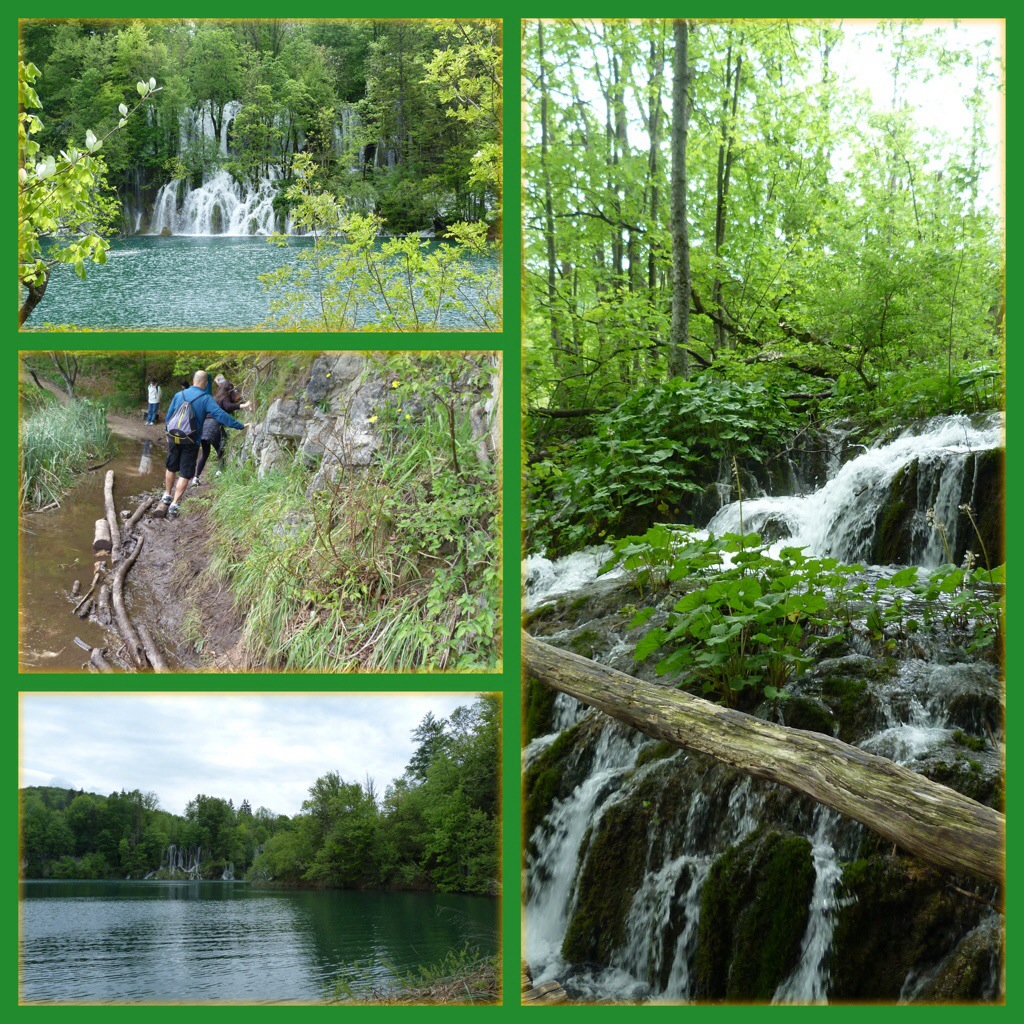
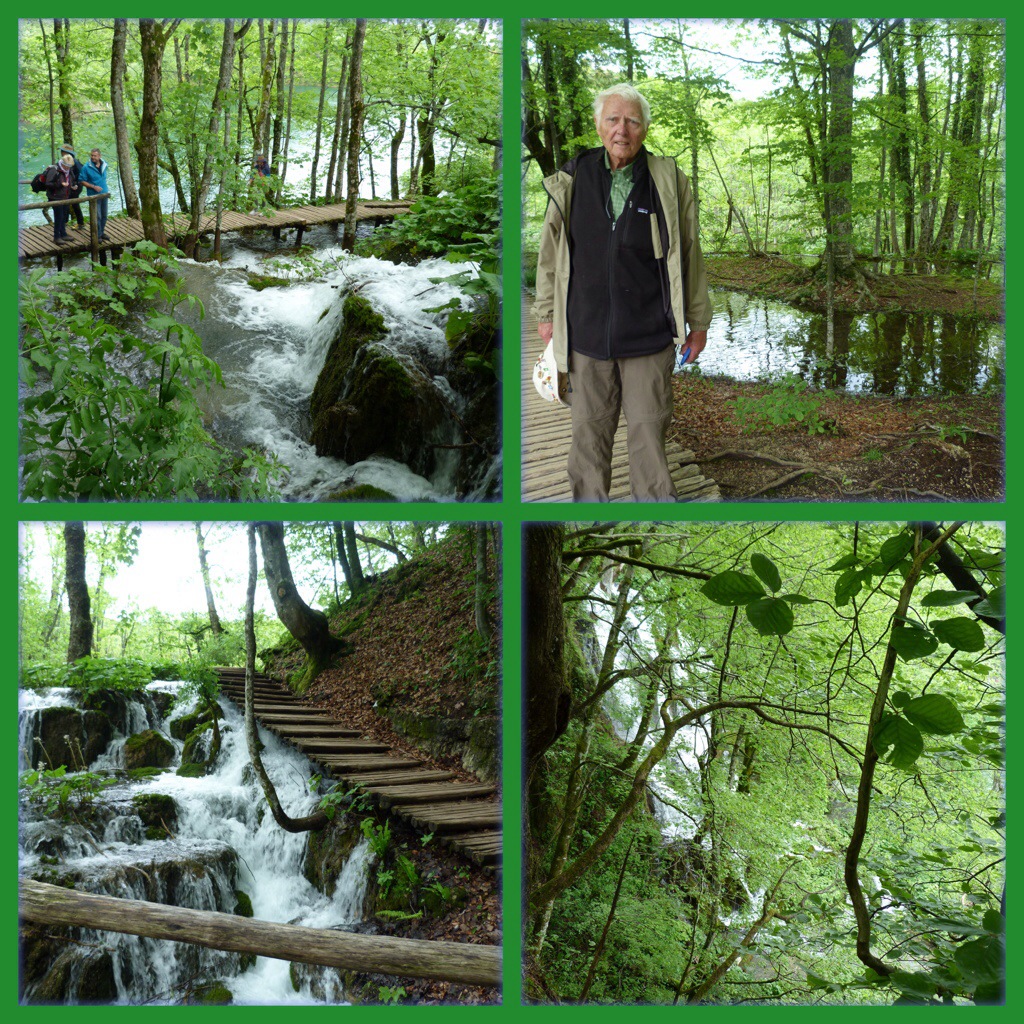
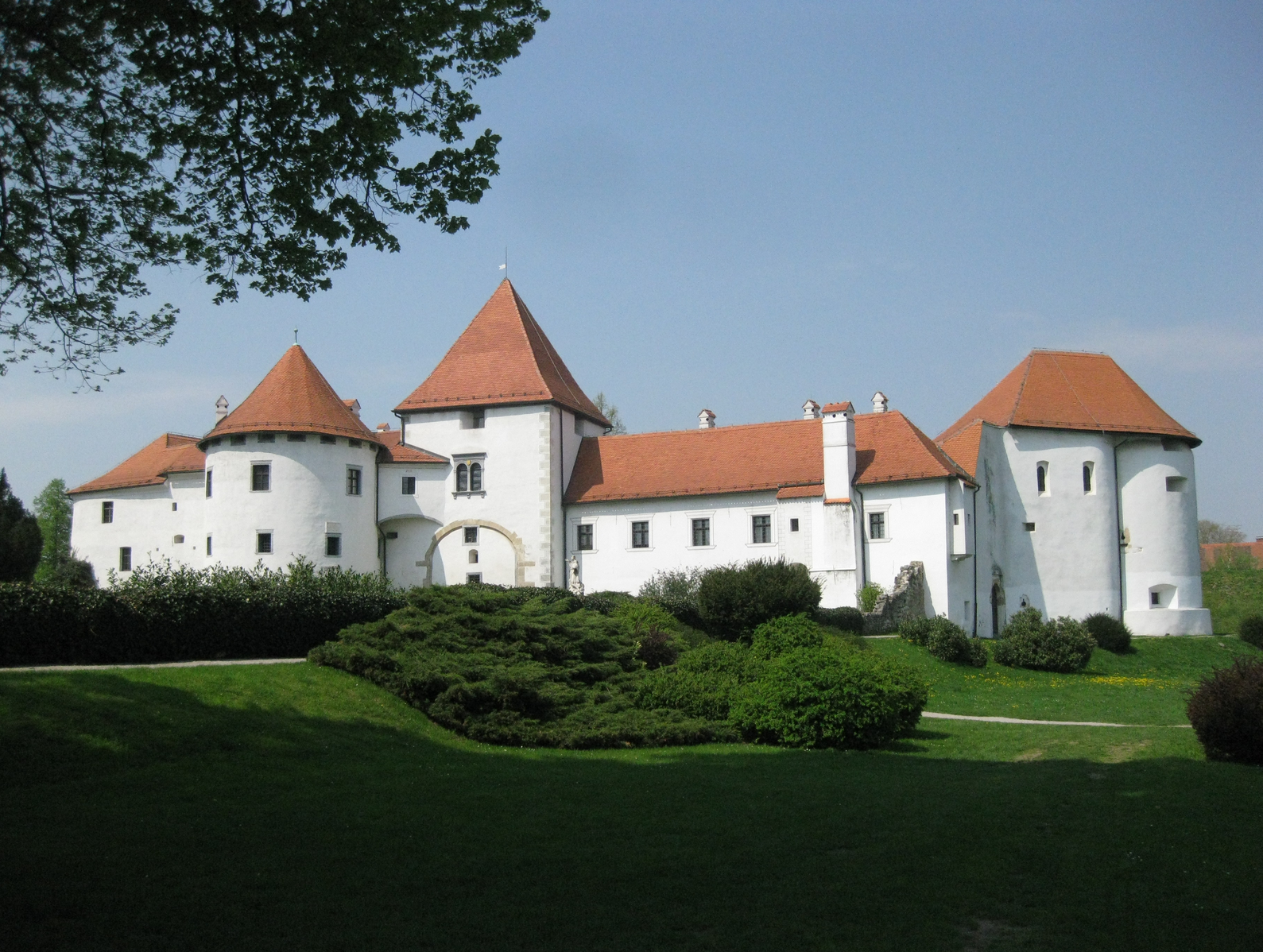
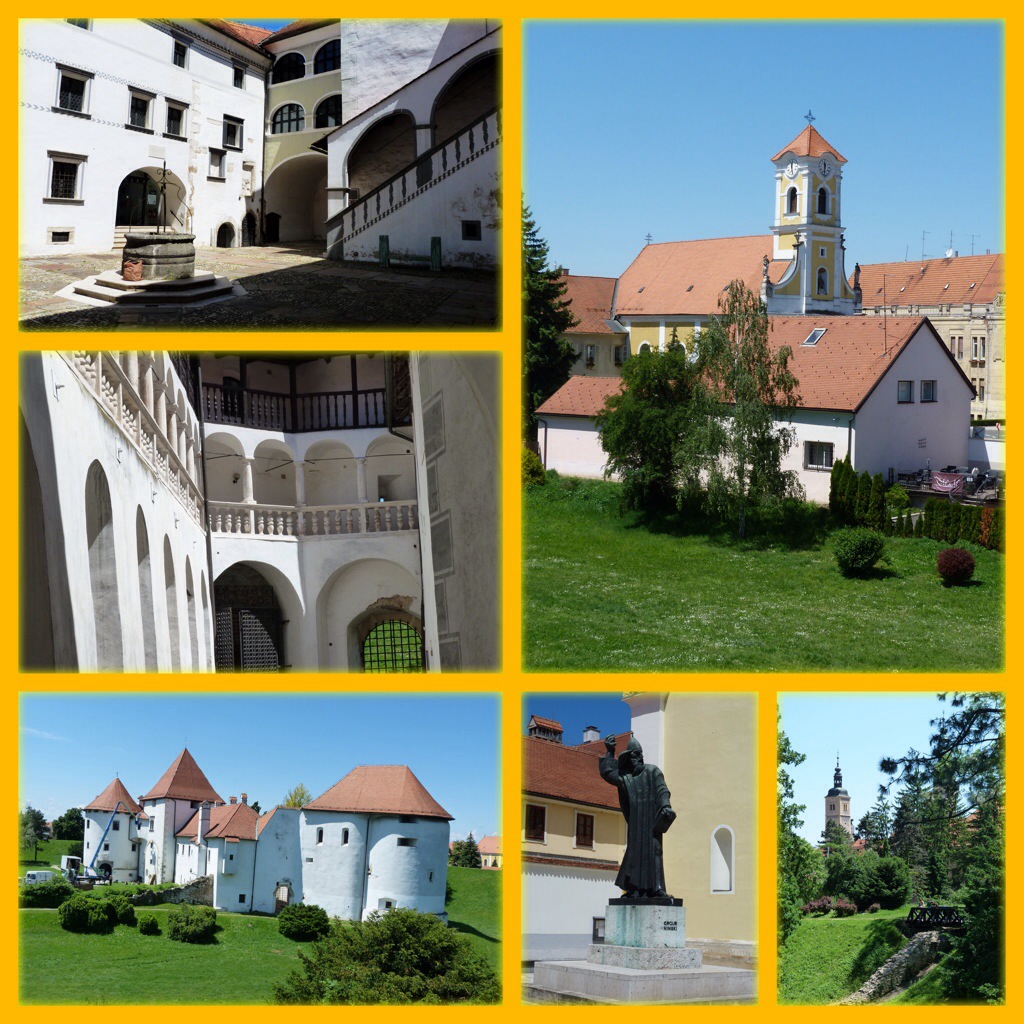
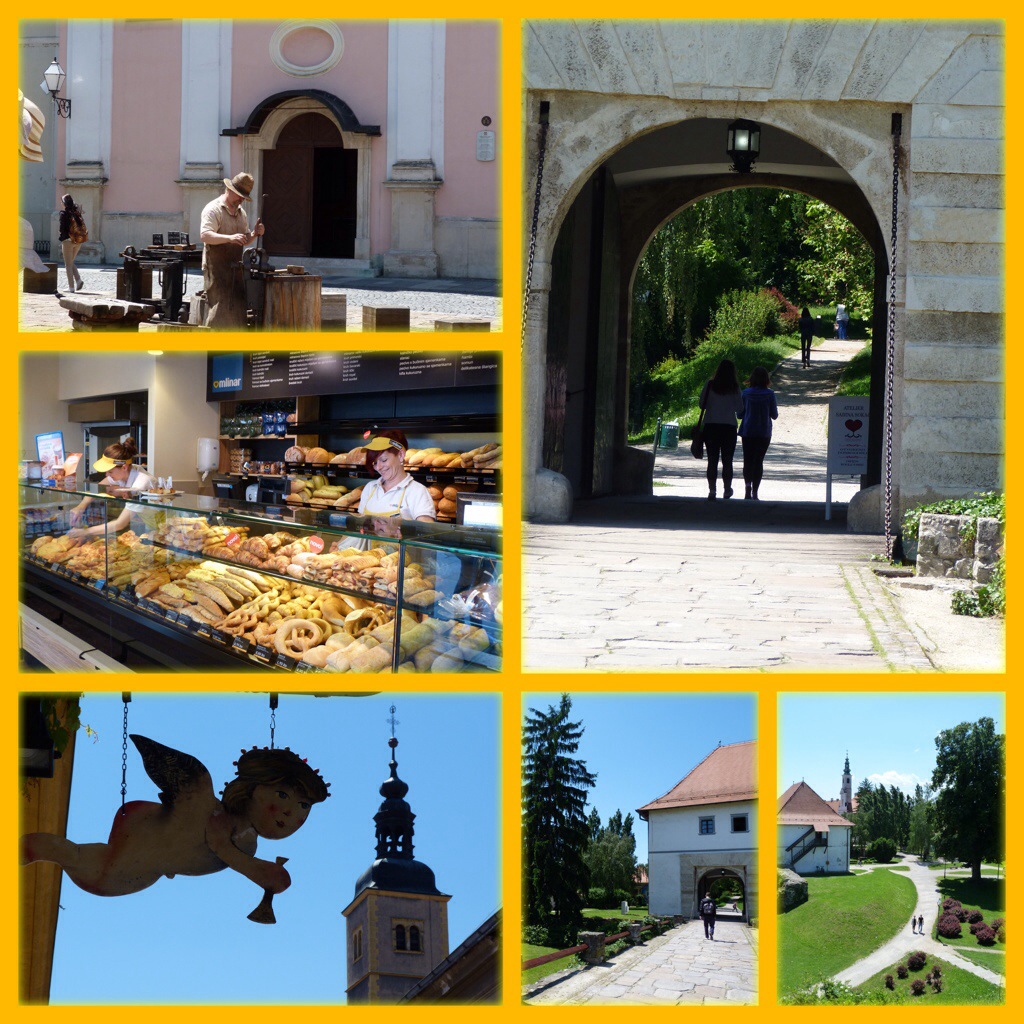
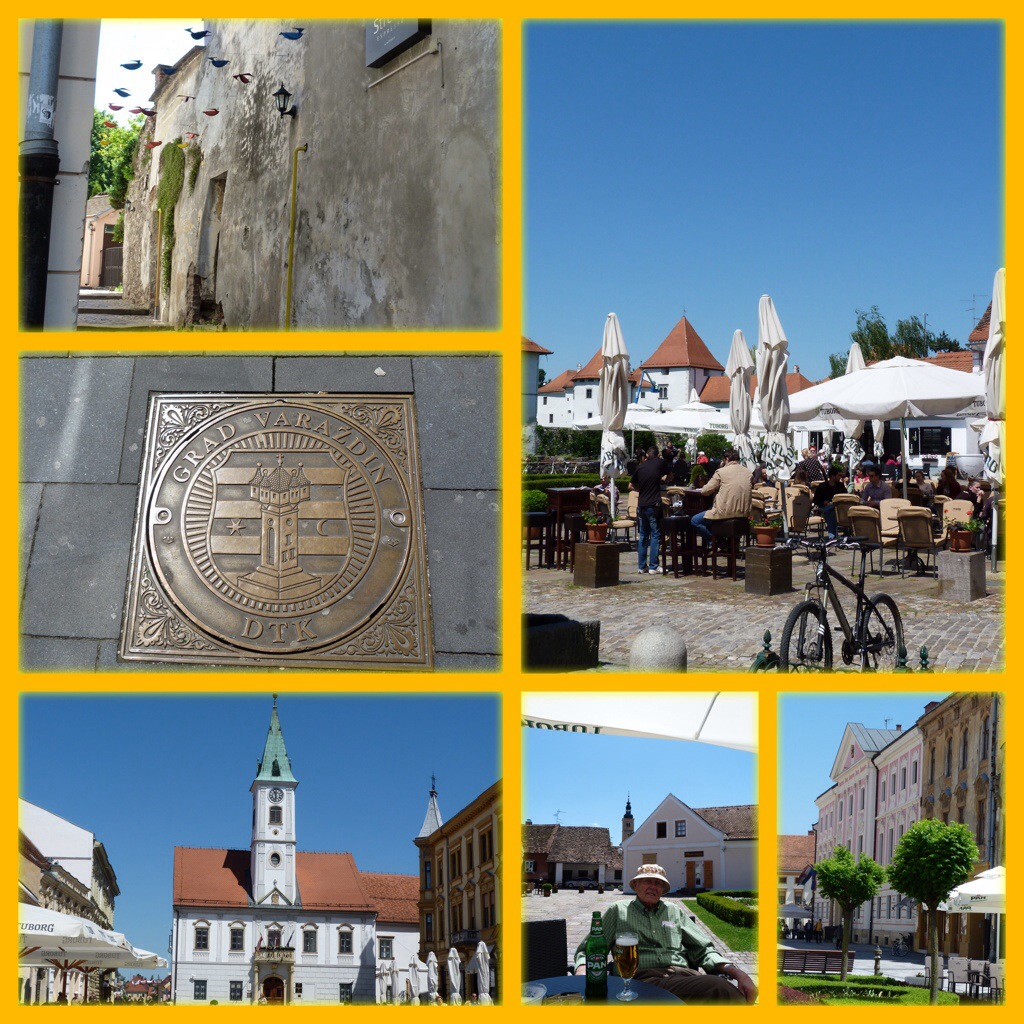
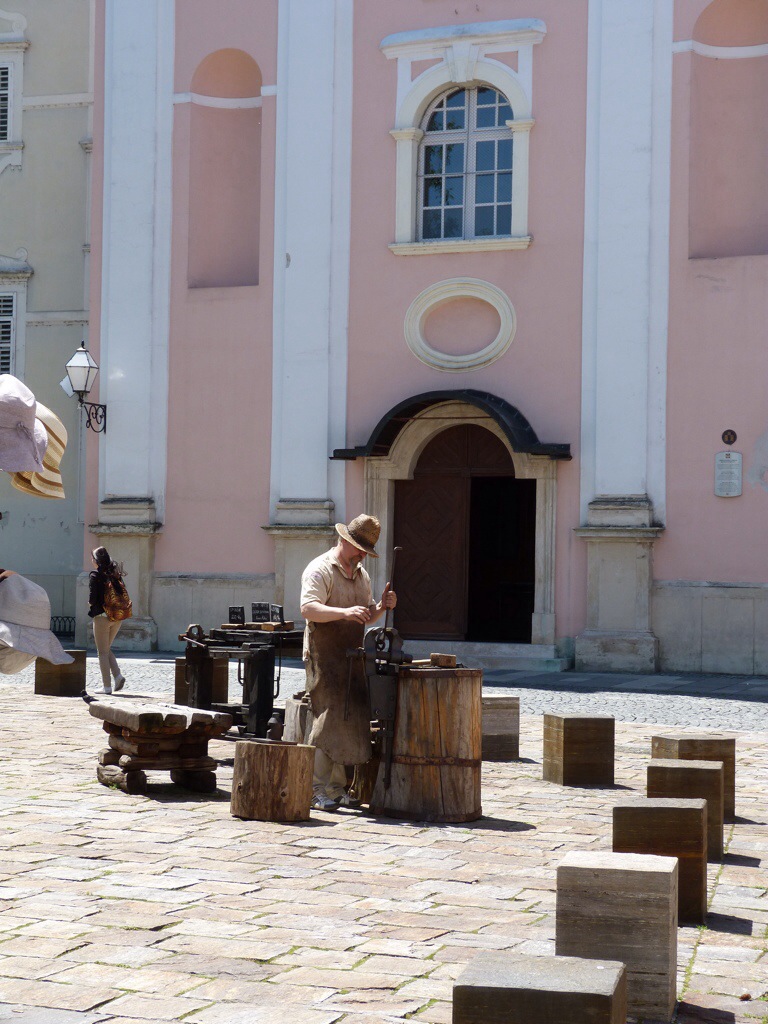
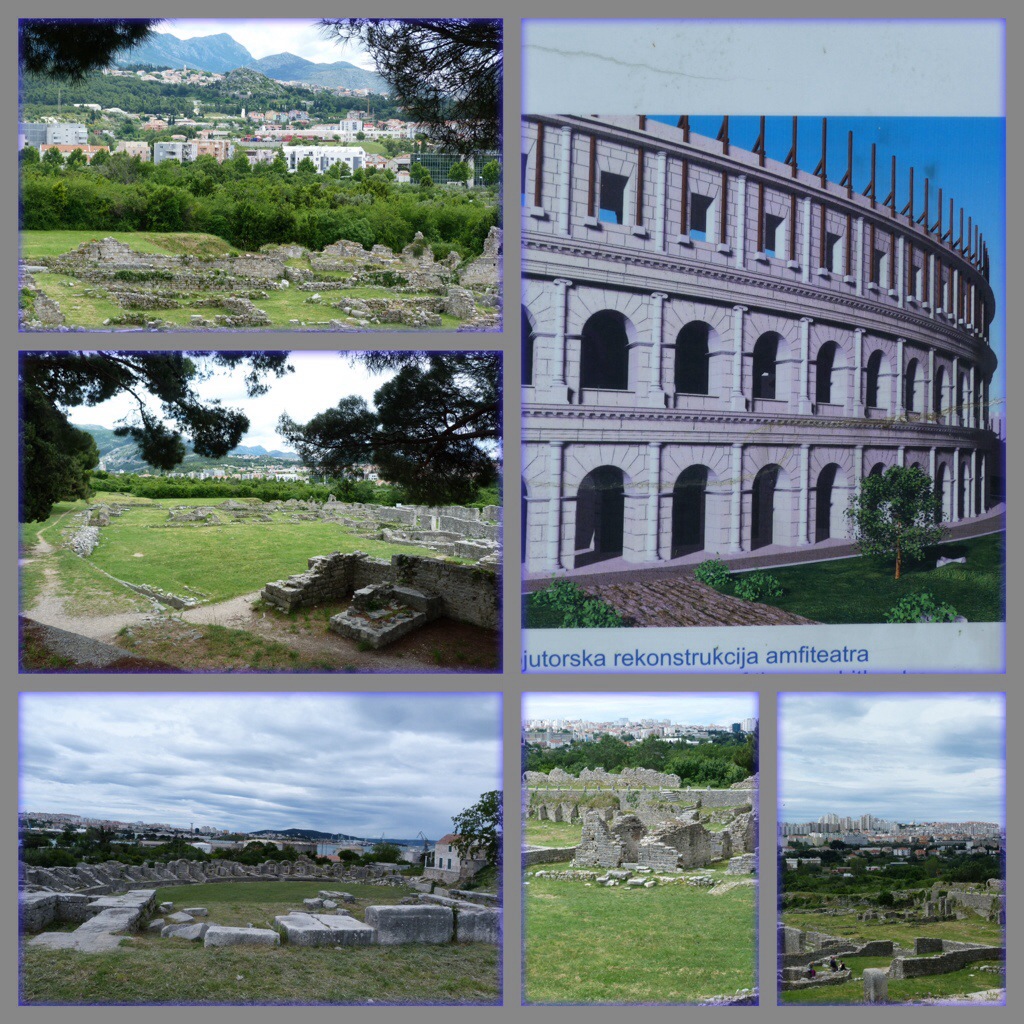
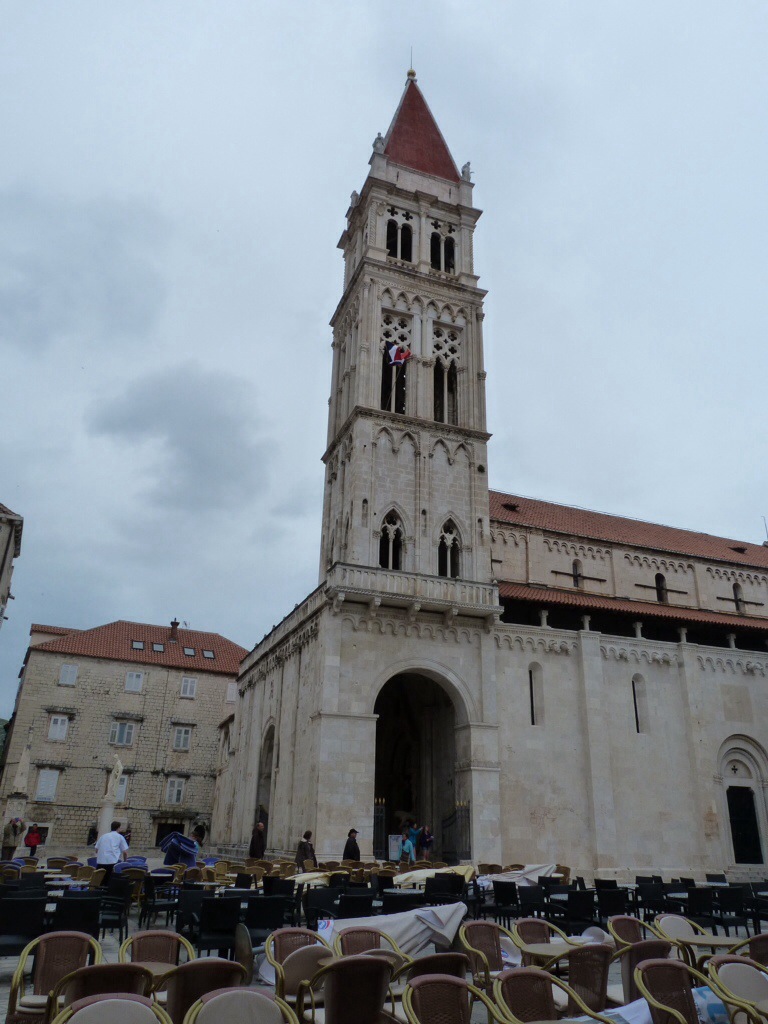
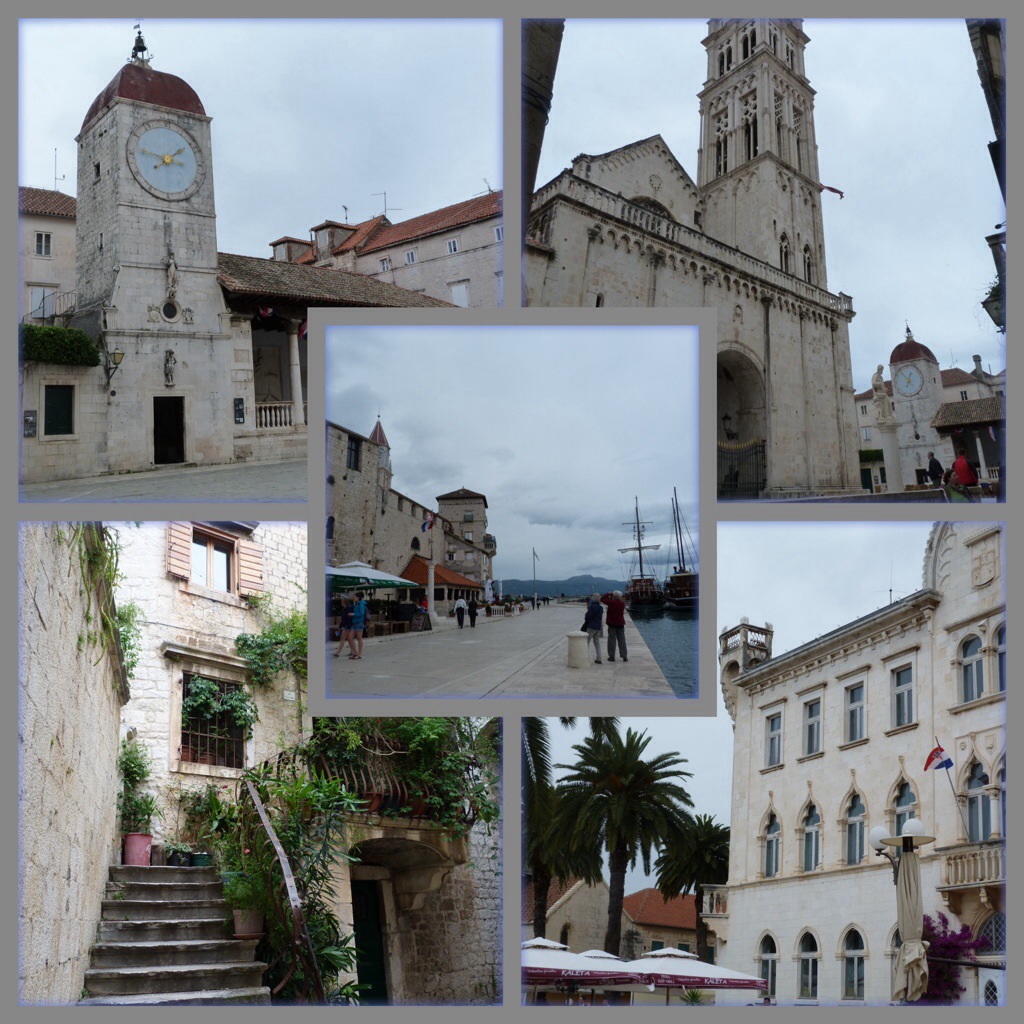
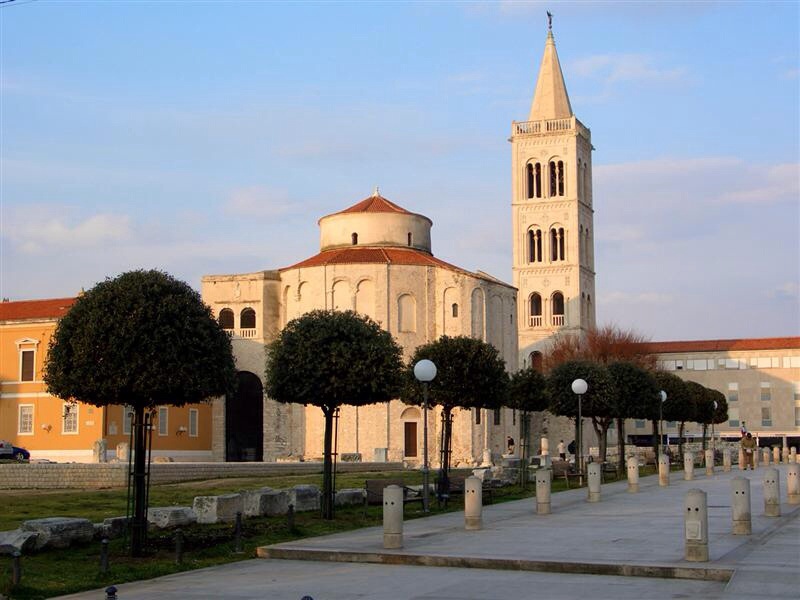
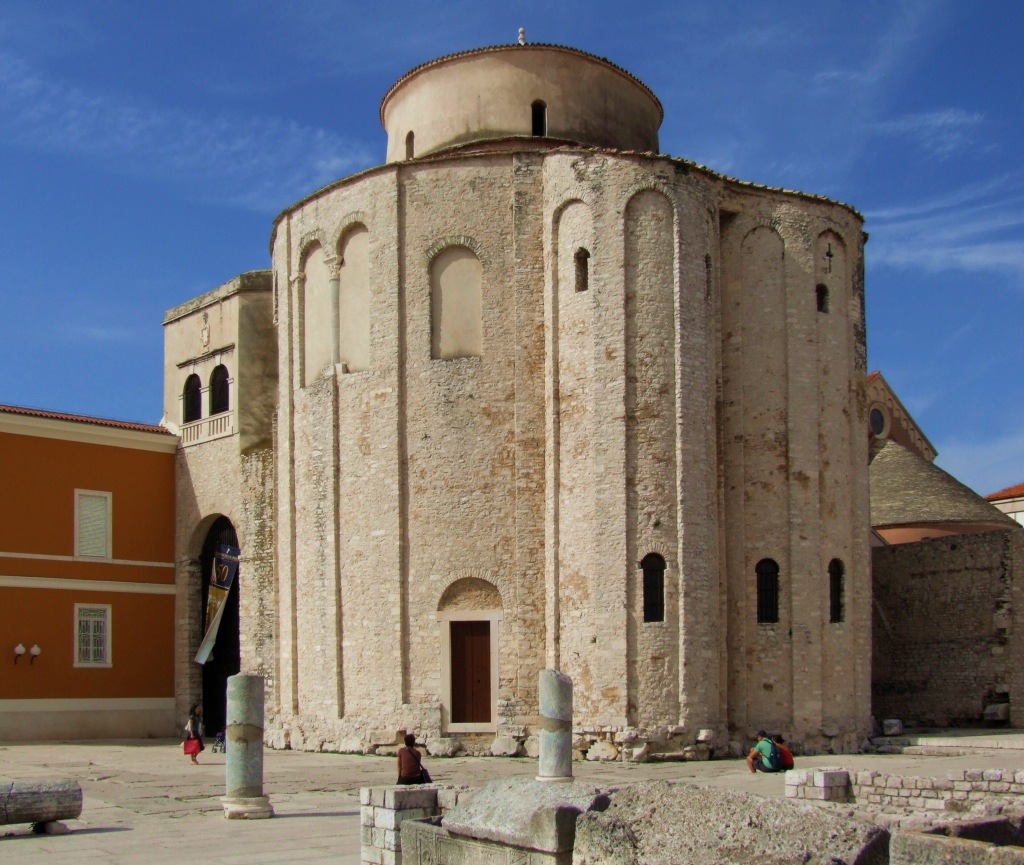
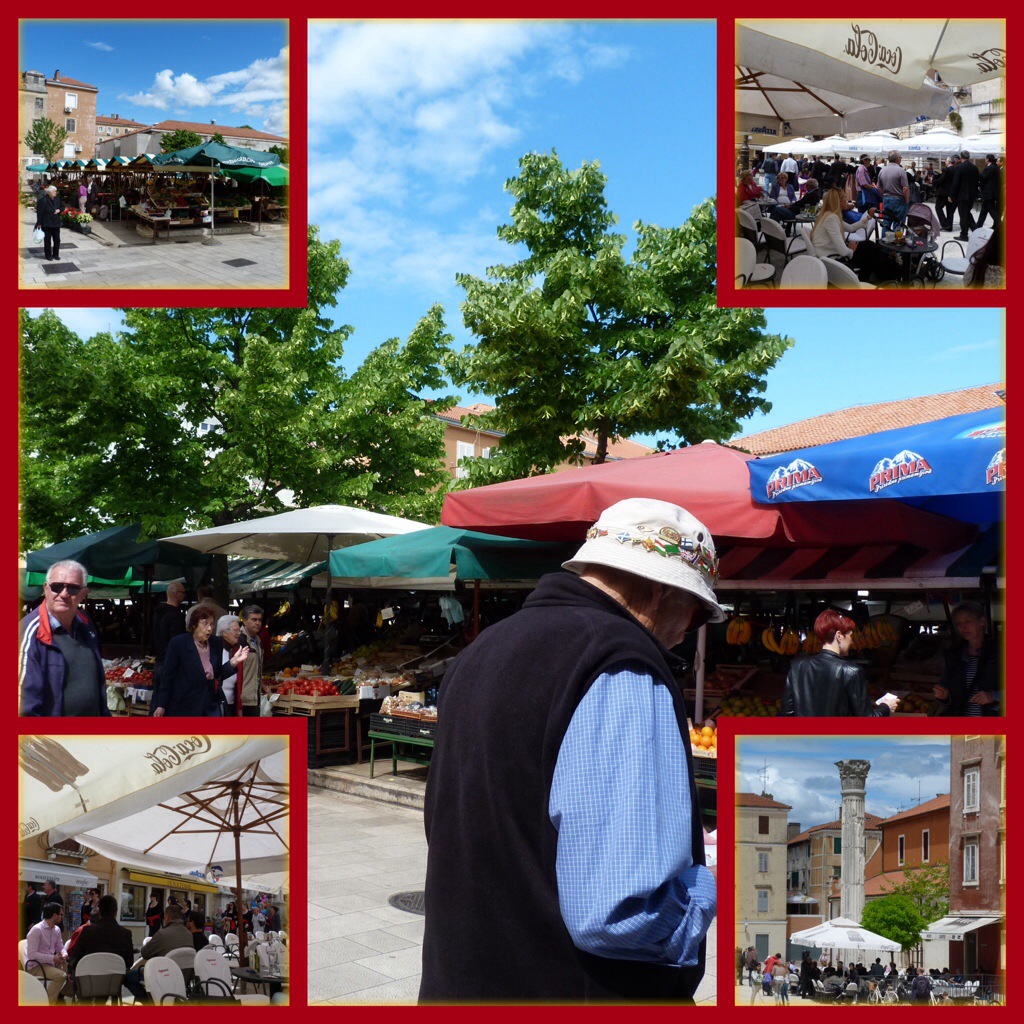
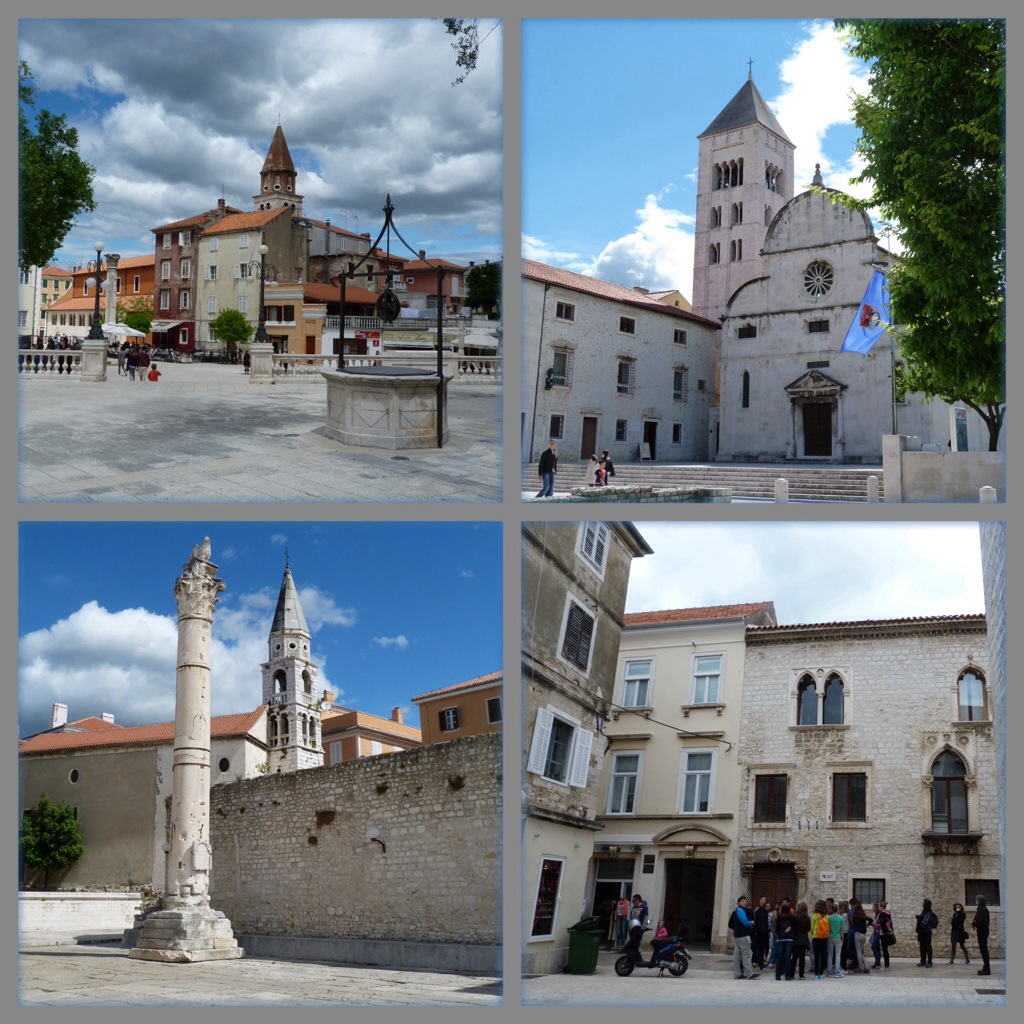
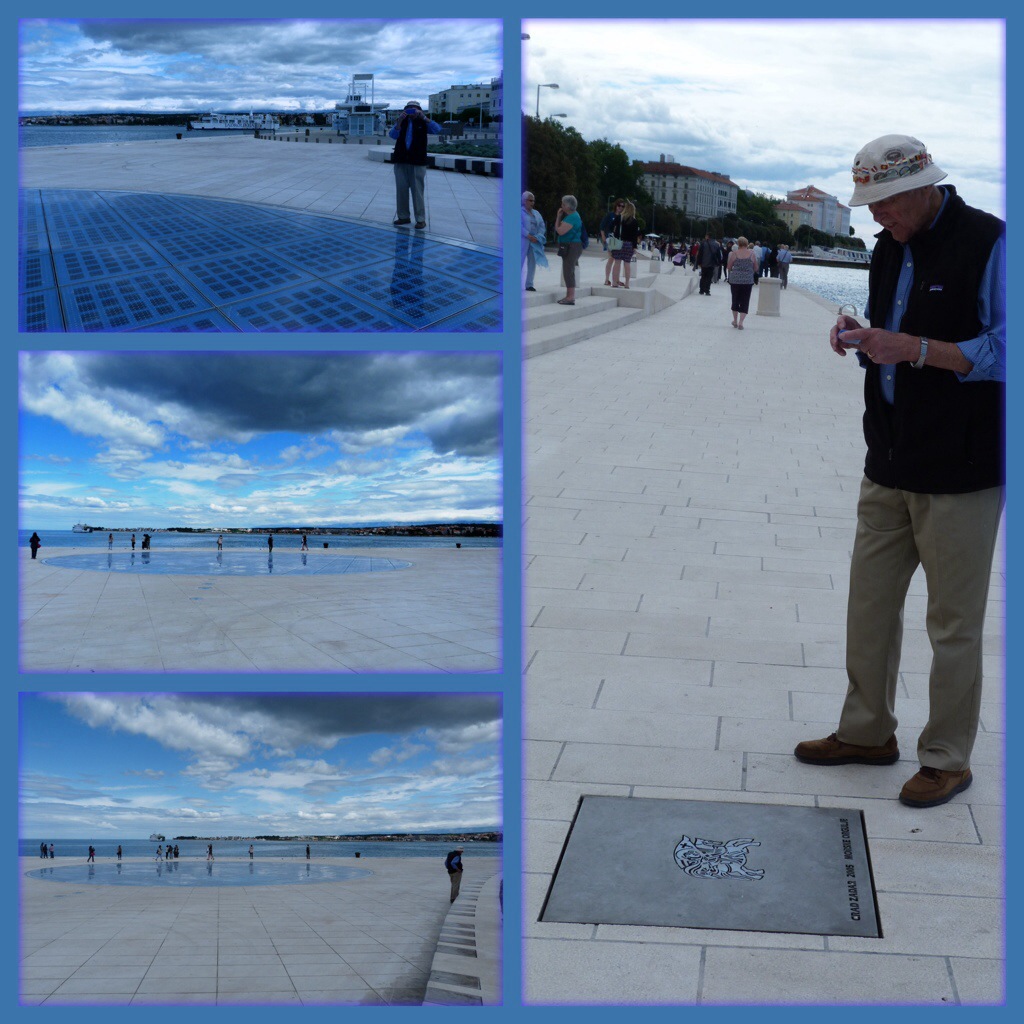
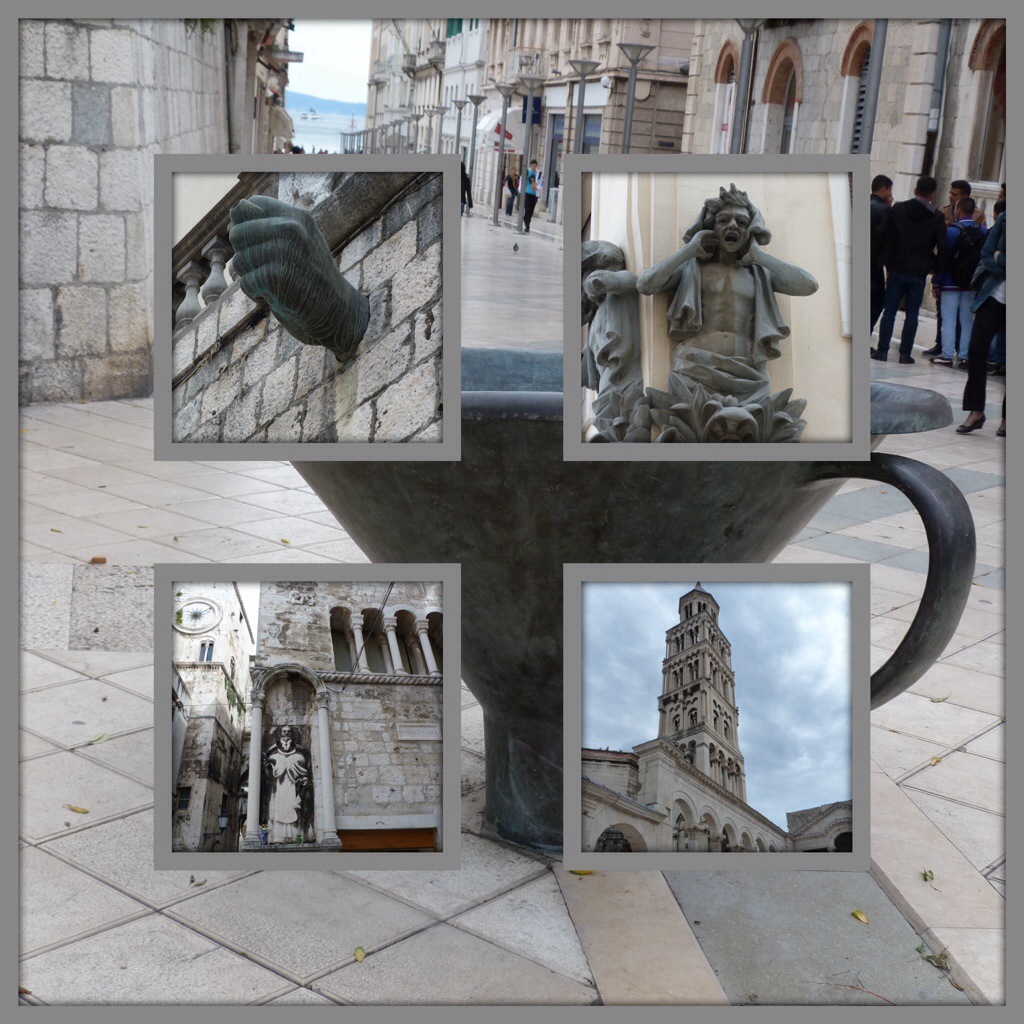
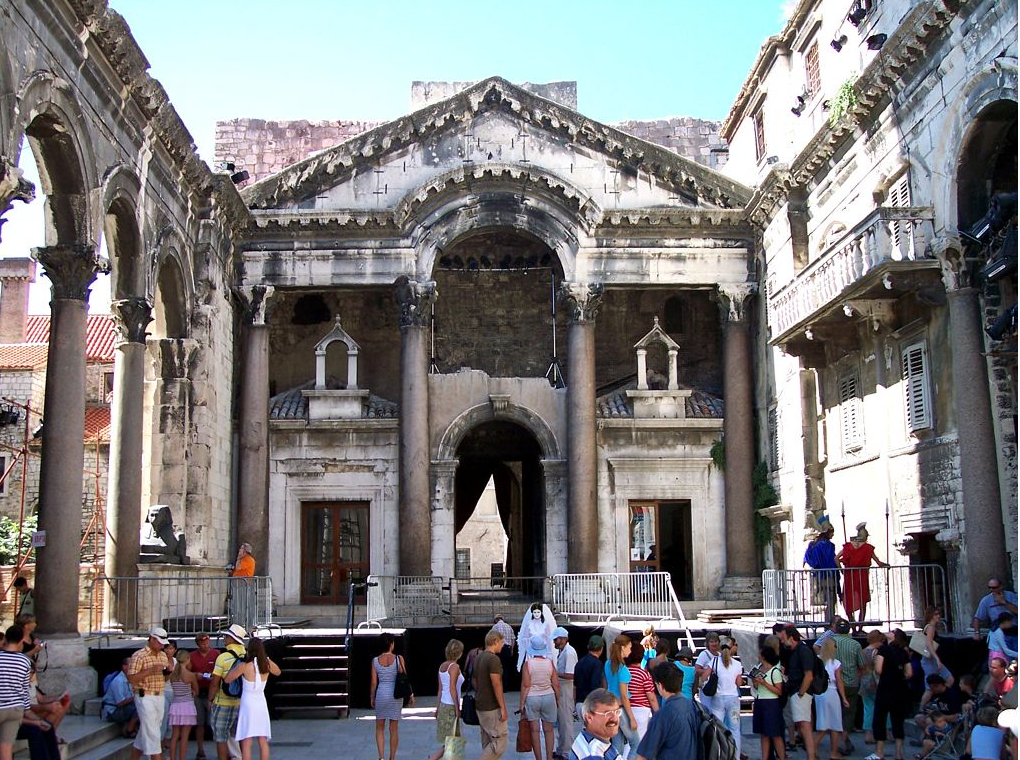
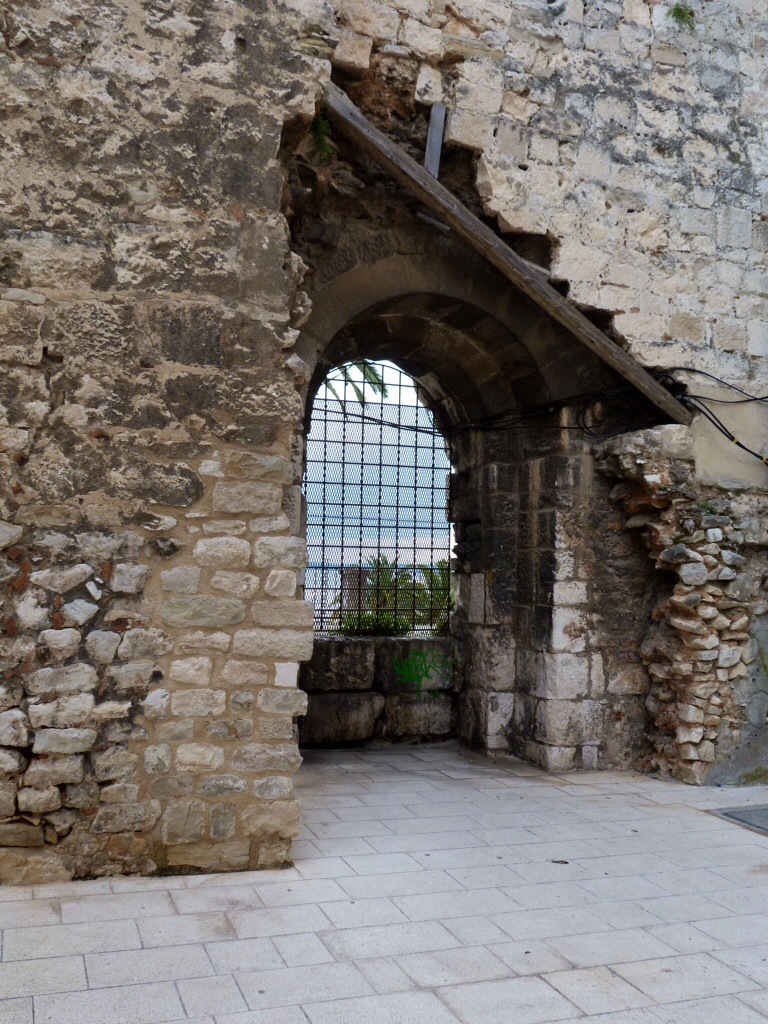
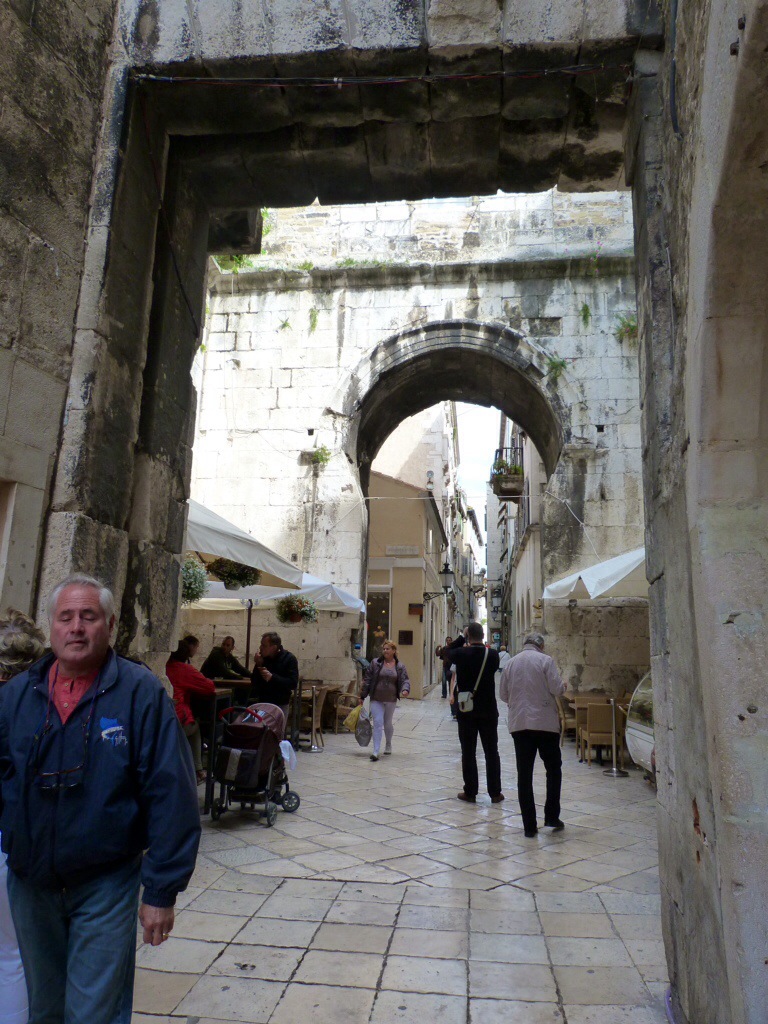
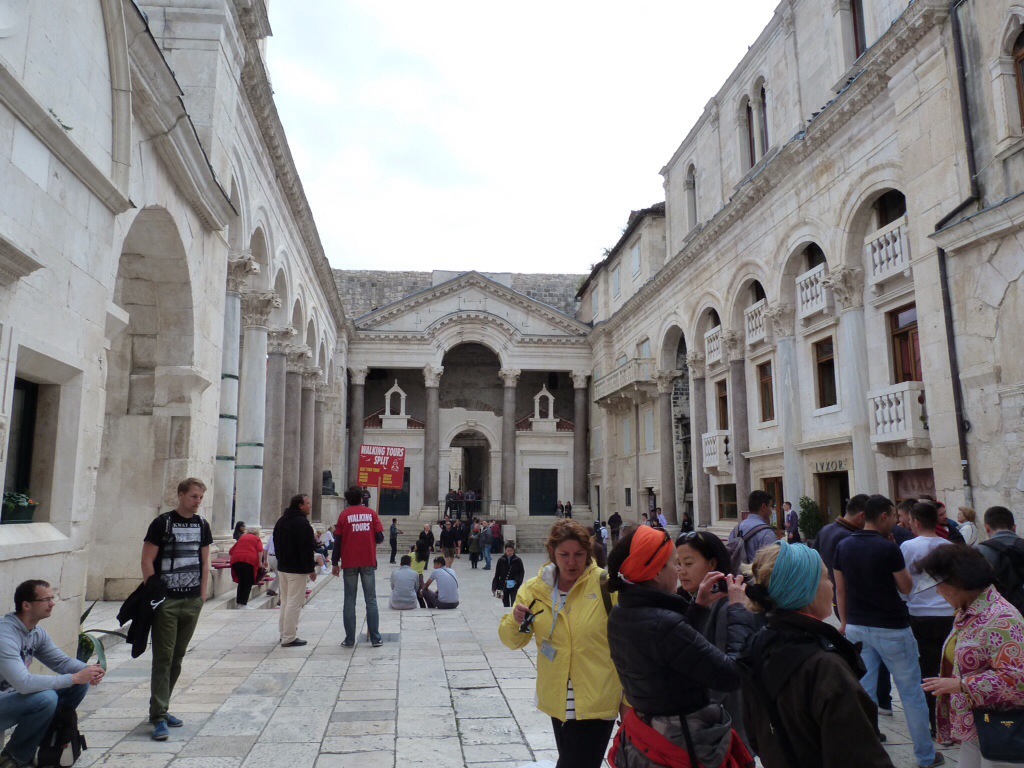 Diocletian’s Palace
Diocletian’s Palace